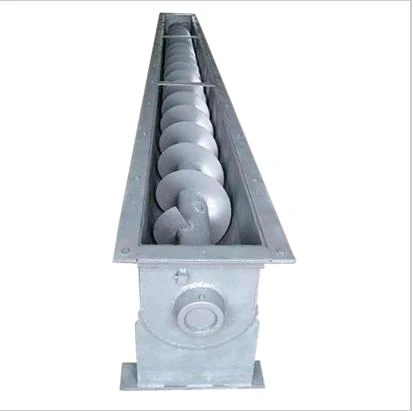Selecting the Right Cable Carrier for Your Hoisting Needs and Applications
The Importance of Cable Carriers in Hoisting Systems
In various industrial applications, hoisting systems play a critical role in enhancing productivity and safety. One essential component of these systems is the cable carrier, often referred to as a drag chain or energy chain. These devices are vital for managing and protecting cables and hoses used in lifting operations, ensuring a seamless flow of power and data while minimizing wear and tear.
Understanding Cable Carriers
Cable carriers are articulated chains that guide and support flexible cables, hoses, and other components. They serve a variety of applications, from crane systems in manufacturing plants to amusement park rides and outdoor equipment. Designed to handle the dynamic movement of cables and their corresponding loads, cable carriers prevent tangling and damage while allowing for smooth motion in all directions.
Typically constructed from durable materials such as nylon, steel, or aluminum, cable carriers come in a variety of shapes and sizes, accommodating different installation needs. Their designs often include features like internal separators to prevent cables from touching and external reinforcements to enhance durability. The proper selection of cable carriers is crucial for optimizing the efficiency and longevity of hoisting systems.
Enhancing Safety and Efficiency
The primary function of a cable carrier in hoisting systems is to enhance safety and operational efficiency. When cables are not appropriately managed, they may become twisted or tangled, leading to potential hazards such as electrical shorts or fires. Additionally, damaged cables can result in costly downtime and repairs. By employing cable carriers, businesses can ensure that cables are consistently protected, thereby reducing maintenance needs and increasing overall safety.
Moreover, cable carriers allow for flexible movement. As machinery repositions or rotates, the cable carrier ensures that cables move along with it without snagging, which can lead to unnecessary stress and eventual failure. This flexibility not only contributes to a smoother operation but also extends the life of the cables and surrounding equipment.
cable carrier for hoist

Applications in Different Industries
The versatility of cable carriers allows them to be utilized across various industries. In manufacturing environments, they can be integrated into assembly lines where automated hoisting systems are commonplace. In construction, cable carriers support cranes and elevators, ensuring that power and control signals are consistently delivered even under extreme conditions. The entertainment industry benefits from cable carriers in ride systems and staging, where reliable cable management is essential for safety and performance.
Furthermore, the aerospace and automotive industries rely heavily on cable carriers for assembly and testing purposes. In these sectors, precision is paramount, and the risk of cable failure must be minimized. Thus, utilizing high-quality cable carriers is essential for maintaining operational standards.
Choosing the Right Cable Carrier
Selecting the appropriate cable carrier involves understanding the specific requirements of the application, including load capacity, environmental conditions, and motion characteristics. Factors such as temperature fluctuations, exposure to chemicals, and required bending radii should be considered when making a decision. Sourcing cable carriers from reputable manufacturers ensures that the products meet industry standards and provide the necessary durability and functionality.
Proper installation and maintenance of cable carriers are also crucial. Regular inspections can help identify wear and tear before it leads to failure, allowing for proactive replacements or repairs.
Conclusion
In conclusion, cable carriers are indispensable components of hoisting systems across various industries. They provide a solution to the challenges posed by cable management, enhancing safety, efficiency, and durability. By investing in high-quality cable carriers and following best practices for their selection and maintenance, companies can significantly improve the reliability of their hoisting systems, ultimately leading to a safer and more productive work environment. As industries continue to advance and evolve, the role of cable carriers will only grow in importance, serving as the backbone of efficient mechanical operation.








